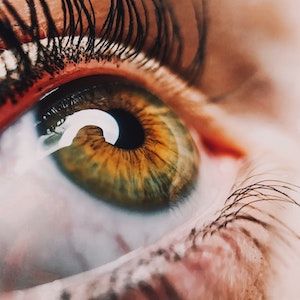Article
Causal Relationship Not Established Between COVID-19 Infection, Retinal Vein Occlusion
Author(s):
Study investigators aimed to raise awareness of the potential risk of retinal vascular events associated with COVID-19 infection.
Noy Ashkenazy, MD

A recent study suggested that a causal relationship could not be established between COVID-19 infection and retinal vein occlusion, despite the high seroprevalence of COVID-19.
However, study investigators noted that they reported these findings to raise awareness of the potential future risk of retinal vascular events.
“We reported this series to raise awareness regarding the potential risk of retinal vascular events due to a heightened thrombo-inflammatory state associated with COVID-19 infection,” wrote study author Noy Ashkenazy, MD, University of Miami Bascom Palmer Eye Institute.
Ashkenazy and colleagues performed the multicenter, retrospective, nonconsecutive case series to raise awareness regarding a potential temporal association between infection from COVID-19 and retinal vein occlusion.
The population included in the study were patients presenting with hemi-RVO (HRVO) or central RVO (CRVO) between March 2020 and March 2021, with a confirmed COVID-19 infection. Exclusion criteria consisted of an age younger than 50 years, or a confirmed case of hypertension, diabetes, glaucoma, obesity, and underlying hypercoagulable states, as well as those requiring intubation during hospitalization.
Investigators identified the mean outcome measures as any ophthalmic findings, including presenting and final visual acuity, imaging findings, and clinical course. They included a total of twelve eyes of 12 patients with CRVO (9 of 12) or HRVO (3 of 12) after COVID-19 infection.
The data identified the median age as 32 years (range, 18 - 50 years), with 3 patients hospitalized, but none intubated, according to investigators. Moreover, the median time from diagnosis of COVID-19 to ophthalmic symptoms was 6.9 weeks.
Investigators noted the presenting visual acuity ranged from 20/20 to counting fingers, while over half of patients (7 of 12) had a visual acuity of ≥20/40. Optical coherence tomography found macular edema in 42% of the eyes. Of this number, data show 80% (4 of 5) were treated with anti-VEGF injections.
Further, the findings show 92% of patients (11 of 12) had partial or complete resolution of ocular findings at final follow-up. Additionally, 4 eyes (33%) had retinal thinning, determined using optical coherence tomography, at the end of the study interval.
Investigators noted the final visual acuity ranged from 20/20 to 20/60 with 11 of the 12 eyes (92%) achieving a visual acuity of ≥20/40 at a median final follow-up period of 13 weeks (range, 4 - 52 weeks).
The study, “Hemi- and Central Retinal Vein Occlusion Associated with COVID-19 Infection in Young Patients without Known Risk Factors,” was published in Ophthalmology.





